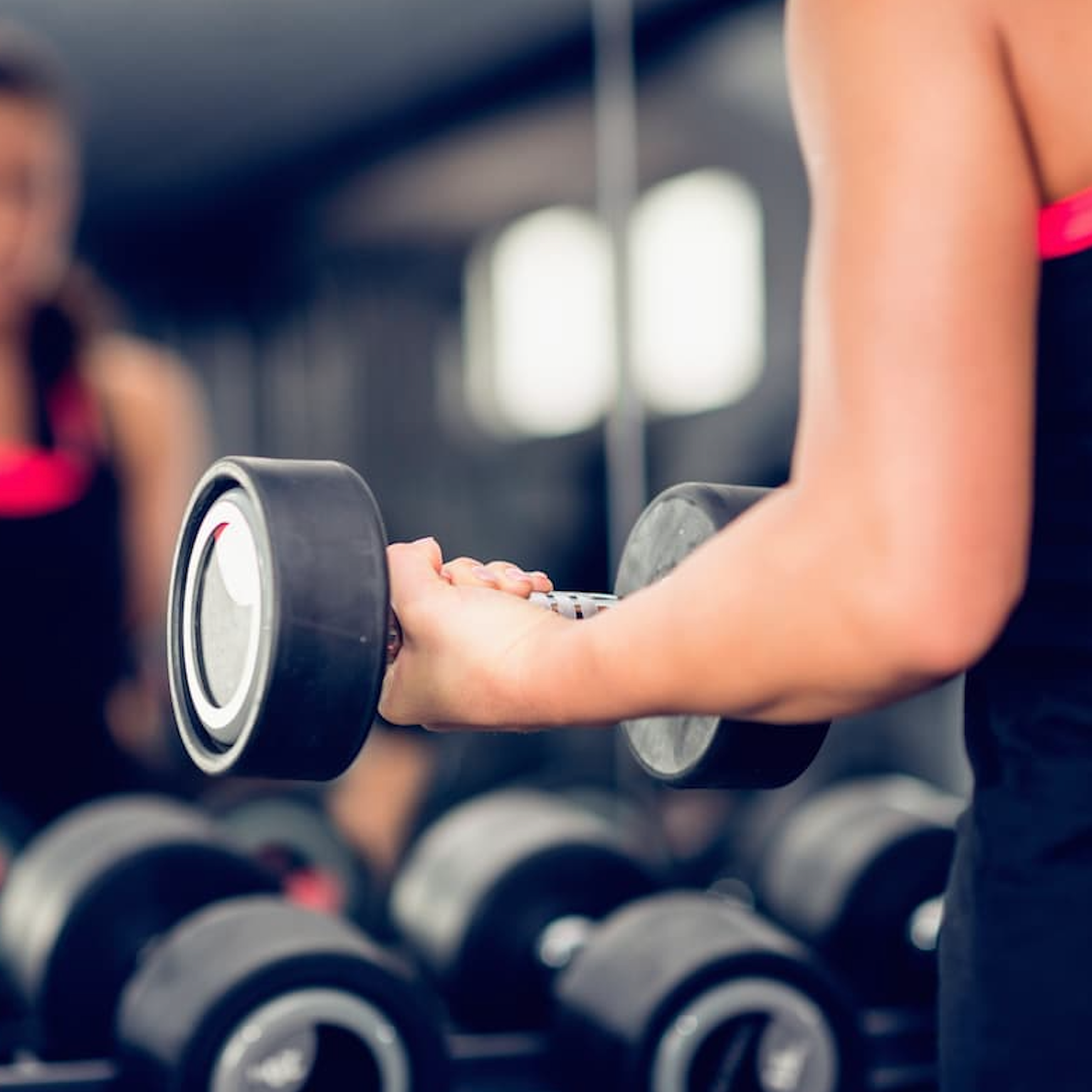Which Exercise Works Best for Fibromyalgia Pain? New Study Ranks the Options
Aquatic exercise helps most in the short term, while resistance training provides the best long-term pain relief for women with fibromyalgia, according to a large study review.
By
Lana Pine
| Published on May 12, 2025
4 min read
Credit: Adobe Stock/Microgen

If you’re living with fibromyalgia, you’ve probably been told that exercise can help manage your symptoms — particularly pain. But with so many types of exercise out there, which one actually works best?
A new analysis looked at the impact of different therapeutic exercise (TE) programs on pain in women with fibromyalgia. Investigators aimed to find out which exercise methods were most effective at reducing pain in the short term (up to three months) and long term (after three months).
Currently, exercise is the only treatment that is strongly recommended for fibromyalgia relief because it can strengthen the muscles and help regulate how the body processes pain and energy. Although research has long demonstrated the advantages of incorporating physical activity as a part of a management plan, regardless of the type of exercise, many experts are still left wondering which approach is the most beneficial.
“To date, we have not found any publications that [compare] all TE approaches with each other for the treatment of pain in fibromyalgia,” wrote lead investigator Álvaro-José Rodríguez-Domínguez, who has a doctorate in physical therapy and is an associate professor in the Department of Health and Sports at Pablo de Olavide University, in Spain.
Fibromyalgia, a chronic condition that causes widespread pain throughout the muscles and joints, affects 2% to 4% of people worldwide and is much more common in women. Along with pain, people living with fibromyalgia often deal with chronic fatigue, sleep problems and physical limitations or disability.
The systematic review included 51 clinical trials involving 2,873 women with fibromyalgia. These trials tested 15 types of exercise, including aquatic workouts, resistance (strength) training, Pilates, qigong, virtual reality-based exercise, aerobic activities, dance and more.
Here’s what the study found:
- Aquatic exercise (including swimming or water aerobics) provided the greatest pain relief in the short term.
- Resistance training (such as lifting weights or using resistance bands) was the most effective in the long term, showing clinically significant improvements (more than 30%) among patients.
- Other exercise approaches that also helped reduce pain included Pilates, qigong, virtual reality exercises, aerobic workouts, mixed exercise programs and dance.
When compared with usual care, most of these therapeutic exercises resulted in noticeable reductions in pain.
Investigators believe these results could help lead to significant changes in TE prescription and could even replace the current gold standard recommendation of aerobic exercise with more personalized, effective approaches.
What This Means for You:
Fibromyalgia can make moving feel difficult, but research confirms that regular movement — especially the right kind — really helps. If you’re just starting out or looking for gentler pain relief, water-based exercises may be a great entry point. Over time, adding strength training could provide lasting benefits.
While this research strongly supports the role of exercise, particularly water-based and strength training, in reducing pain for women with fibromyalgia, it is important to understand its limitations. The findings don’t apply to men, may be based on outdated diagnosis methods and don’t capture the full picture of how fibromyalgia affects daily life.
However, the team noted these results could be a valuable tool for doctors when choosing treatment approaches because they keep a patient’s characteristics and preferences in mind, which in turn leads to better adherence to an exercise program.
Investigators encourage future studies to focus on whether different factors, such as frequency, intensity, time and type, could further optimize pain intensity reduction among women with fibromyalgia.

